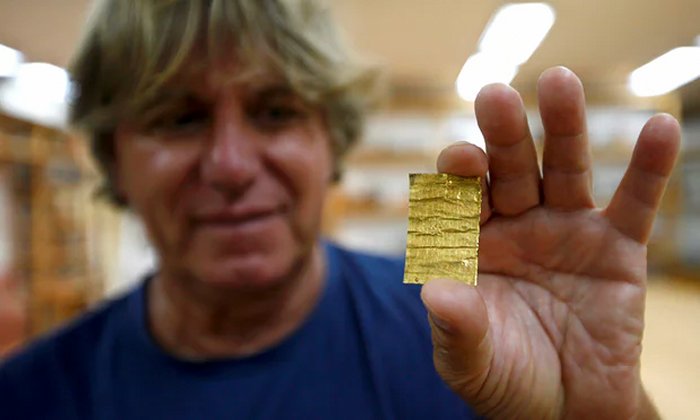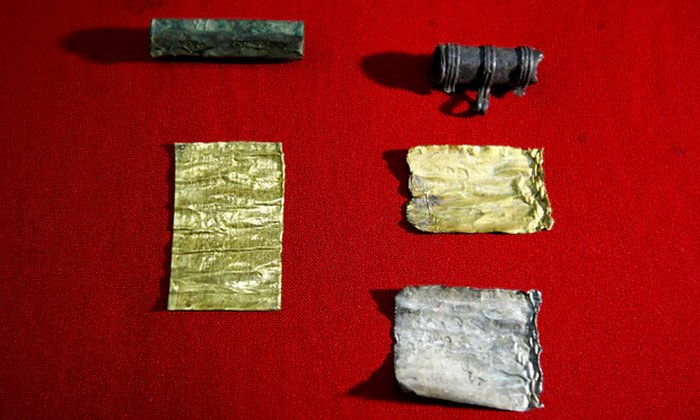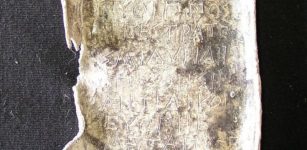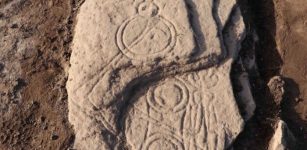2,000-Year-Old Ancient Curses Inscribed On Scrolls Hidden Inside Amulets Discovered In Serbia
MessageToEagle.com – Archaeologists excavating in Serbia have found several tiny rolls of gold and silver placed alongside skeletons of humans buried almost 2,000 years ago.
The scrolls are currently in the process of being deciphered, but it appears as if they are inscribed with a series of ancient curses.
“The alphabet is Greek, that much we know. The language is Aramaic – it’s a Middle Eastern mystery to us,” said Miomir Korać, the chief archaeologist at the site.

Ancient people were more or less obsessed with the power of curses which is the reason why Defixiones, ancient Roman curse tablets became a big business in ancient times.
Ancient Romans believed in the power of spells and thought that these magical curse tablets would actually help them to destroy their enemies. But you have to act quickly. It was vital to buy the curse tablet before your enemy came up with the same idea.
The idea that curses were a powerful tool to accomplish your means spread through out Europe and so now, researchers find intriguing spell tablets and scrolls in various places.
Miomir Korać and his team unearthed two amulets that were buried alongside the skeletons at the foot of a coal-fired power station in Kostolac in northeastern Serbia. When the scientists opened the amulets they found each contained rolls of precious metal – silver and gold – covered in symbols and writing.

The archaeologists believe Greco-Romans used the artifacts to ask the gods, spirits, or the deceased to perform some sort of action on another person or an object, or to invoke some kind of curse.
“We read the names of a few demons that are connected to the territory of modern-day Syria,” the archaeologist Ilija Danković said at the dig, as more skeletons from the fourth century AD were being uncovered.
See also:
Defixiones: Ancient Roman Curse Tablets Became Big Business
Curse Of The Unlucky Mummy – When Science And Fear Collide
Mysterious Amman Citadel Inscription Could Be A Curse, Dedication Or Building Inscription
These spells could be benign, such as a love spell, or they could have evil intent, such as wishing a particular misfortune upon an enemy or rival.
They are the first such items discovered in Serbia but resemble amulets of “binding magic” found in other countries, Danković said.
“They were often love charms, ordering someone to fall in love, but there were also dark, malignant curses, to the tune of ‘May your body turn dead, as cold and heavy as this lead,’” he said.

Magic charms tended to be buried with people who had suffered a violent death, Danković said, because of a belief that “souls of such people took longer to find rest and had a better chance of finding demons and deities and pass the wishes to them so they could do their magic”.
The fragile gold and silver scrolls – which once unrolled look like rectangles of foil similar in size to a sweet wrapper – may never be fully understood.
MessageToEagle.com










